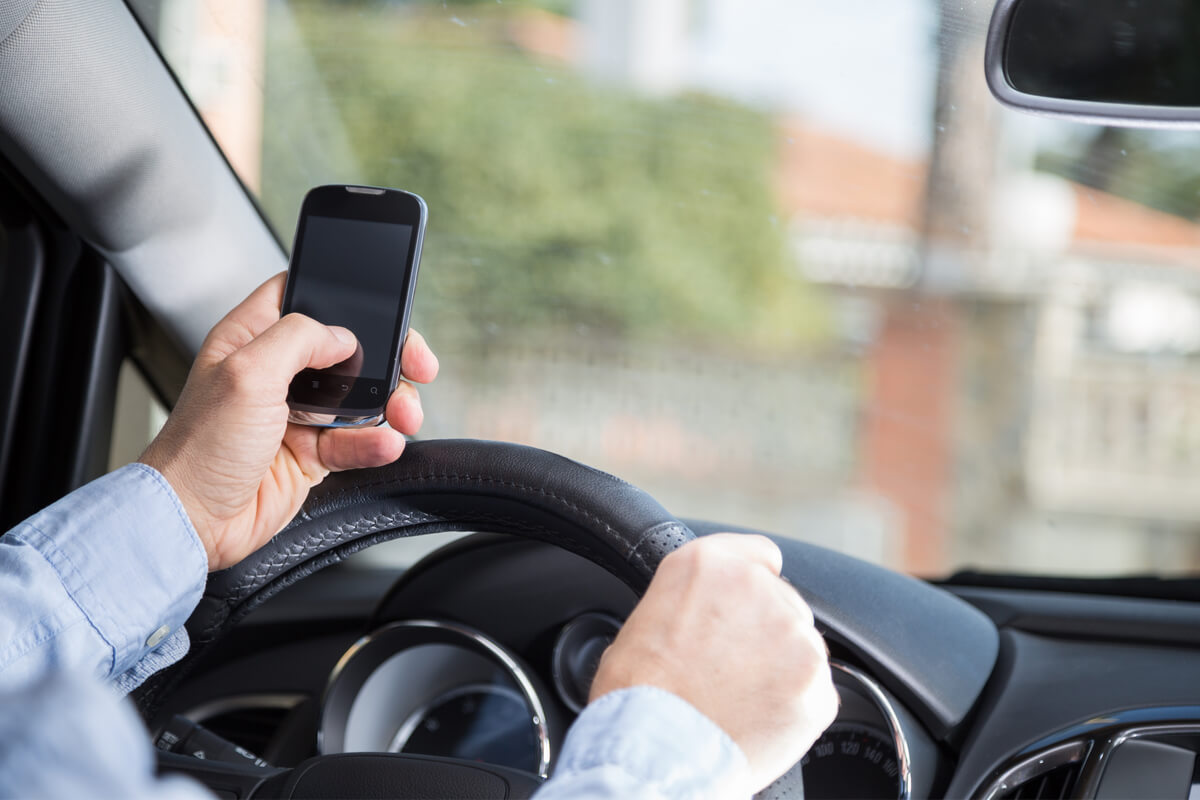
In today’s digital age, it is not uncommon to be on the road and witness car after car go by, manned by drivers looking down and scrolling through their phones instead of keeping their eyes on the road. Distracted driving like this is a habit that could turn tragic in seconds.
In 2017, 16-year-old Pierre St. Brice was riding in a car with friends when they were hit head-on on a busy Atlanta highway by a distracted teen driver, Josh Murphy, who died at the scene. Pierre suffered from a spinal injury, leaving him paralyzed from the chest down and without hope of being scouted by colleges to play football.
Unfortunately, the crash report did not say why Josh crossed the centerline, which is common with wrecks involving distracted driving. There is no true test like the tests available to determine a DUI. Despite that, distracted driving remains a dangerous threat on the roads, having claimed 3,142 lives in 2020.
What are some ways to prove that distracted driving was the cause of a car accident?
Any activity that diverts a person’s full attention from safe driving is considered distracted driving and increases a driver’s risk of crashing.
Texting is one of the biggest triggers of distracted driving. Even if someone takes their eyes off the road and onto their phone for 5 seconds while driving at 55 mph, that is like driving the length of a football field (100 yards).
It is extremely dangerous because it involves all three forms of distraction:
Additional forms of distracted driving that are common include:
Almost all of these driving distractions are under the driver’s control and can be avoided.
For police, there are telltale signs that a distracted driver is behind the wheel – especially one who is texting – which include:
By gathering evidence through a thorough investigation conducted by police at the scene of a car accident in Oklahoma, it could be proven (albeit challenging) that distracted driving was the cause.
Here are a few ways that will help the case:
Distracted driving laws vary from state to state. Here in Oklahoma, it is prohibited in general and requires drivers to “devote their full time and attention to driving.”
There is also “The Trooper Nicholas Dees and Trooper Keith Burch Act of 2015,” a texting-while-driving statute in Oklahoma named after two state troopers who were hit by a distracted driver. The law makes it illegal for motorists to drive while using a hand-held “electronic communication device” to write, send, or read a text while the vehicle is moving.
Texting while driving is considered a primary offense in Oklahoma, which is not the same in other states. This means that a police officer can pull a driver over if he or she witnesses a driver using a cell phone to send a text message. The officer does not need to witness any other traffic violations to justify pulling a driver over.
Oklahoma law does allow the use of cell phones while driving in emergency situations, such as communicating with 911, hospitals, doctor’s offices, fire departments, or law enforcement.
In addition to a $100 fine, texting-and-driving teens in Oklahoma cannot use their cell phones to make phone calls unless it is an emergency. If they violate this law, teen drivers may have driving privileges suspended. Adult drivers, however, may make phone calls while driving with or without hands-free equipment.
If it is proven that a driver was texting and driving right before a car accident, which caused the accident, the driver may be held liable in a civil lawsuit for any injuries caused as a result.

When injury victims need a law firm with a reputation for excellence, turn to Graves McLain Injury Lawyers. We are a top-rated personal injury firm determined to be the best. With decades of award-winning representation, our clients recover the compensation they need to put their lives back together.